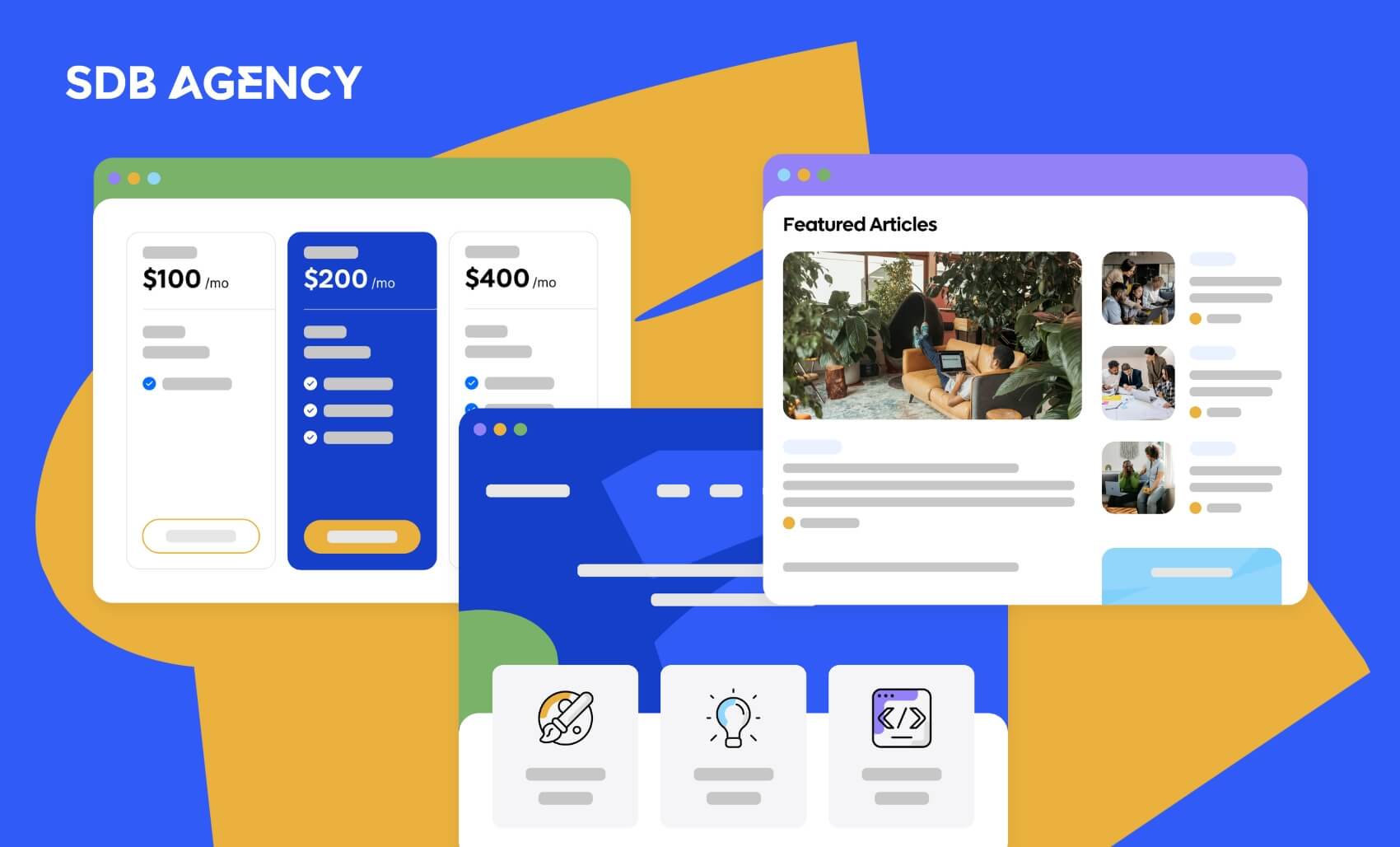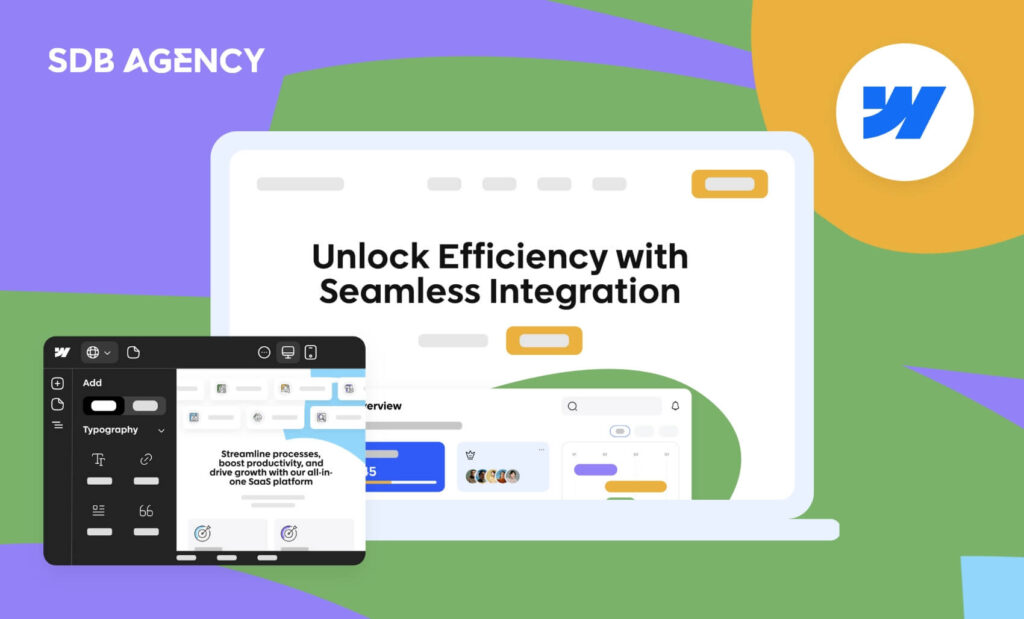Mastering CRO to Boost Your Conversion Rates

In today’s digital landscape, many online marketing strategies focus on driving website traffic and converting it into qualified sales and leads. However, many marketers don’t realize that this is only one side of the coin.
Realizing the potential of your existing traffic and leads instead of focusing on new traffic is the key to long-lasting and sustainable growth. This is where conversion rate optimization (CRO) comes in.
In this guide, we’ll uncover why your business should implement CRO and prioritize enhancing conversion rate.
What is conversion rate optimization (CRO)?
CRO is about amplifying the number of visitors to your website who take a specific action, eventually boosting the leads you’ve collected. This optimization process is built through refining content, making workflow modifications, and conducting split tests. Effective CRO results in top-tier leads and minimized acquisition costs, giving you the confidence that your efforts are not in vain.
CRO denotes the percentage of visitors undertaking a specific task, such as filling out a form, subscribing to a service, or buying a product. An excellent conversion rate shows that your website is well-designed and resonates with your target audience. On the other hand, a subpar rate may be caused by factors related to website design and performance. Slow loading speeds, dysfunctional forms, or uninteresting content may result in a lackluster conversion rate.
Relation between CRO and SEO
Search engine optimization (SEO) is the strategy of enhancing a website’s visibility in search engine results to bolster organic traffic and sales. While SEO focuses on visibility, CRO comes later in website efficacy to rake in conversions. The two terms are interlinked and aim to elevate sales via different methodologies.
Businesses must incorporate both SEO and CRO to thrive. This ensures visibility on search engines and an optimized website experience that drives conversions.
Key areas on your site for implementing CRO
Your website offers plenty of engagement touchpoints, and taking advantage of these can significantly improve UX and conversions. Here are four essential areas in your site where CRO can create a significant difference:
Homepage
Your homepage is your website’s digital introduction. It is a pivotal space where you can engage visitors and guide them to your products and services.
- Tips: Highlight links to your products and services. A clear “Buy Now” or “Free Signup” call to action will invite instant interaction. Adding a chatbot will also enhance real-time user engagement by answering visitor’s queries and offering assistance.
Pricing page
For many customers, the pricing page is where they’ll decide if your product’s value is aligned with the cost or not.
- Tips: Try various pricing formats, such as annual or monthly rates. Make sure every pricing tier clearly highlights its benefits and features. If your business requires users to contact you personally, add a contact option for further price-related inquiries.
Blog page
Well-crafted blogs position you as an industry expert and provide many conversion opportunities.
- Tips: Include engaging calls to action in your blogs to guide readers to take the next steps. Offer valuable content resources to prompt readers to provide contact information, transforming them from passive readers to active leads.
Landing pages
Landing pages are crafted for users to take specific actions, giving them a higher conversion potential.
- Tips: if your landing page is event-focused, add interesting highlights from past events to inspire sign-ups. If you’re promoting free resources, offer users a glimpse of what they’ll get to boost purchasing rates.
Now that you know these main optimization hotspots, you might wonder about the best strategies for kickstarting your CRO efforts.
4 essential conversion rate optimization strategies
Here are applicable CRO marketing strategies to test and implement in your business.
1. Create text-based CTA in your blog posts
Even though adding CTAs to a blog post is considered a best practice, they sometimes fail to get visitors to take the desired action. The reason is banner blindness, a phenomenon that causes people to ignore banner-like information on websites. This lack of attention causes marketers to find a different approach.
This is why a text-based CTA is needed – a sentence or line of text that links to a landing page and styles as a subheading. This may convert more traffic into leads compared to regular CTAs at the bottom of a page.
2. Test your landing pages
Landing pages are crucial elements of a marketer’s toolkit. That’s because a landing page is where a visitor to your site becomes a lead or an existing customer engages deeper with your brand. Running A/B tests can help you identify the best design and content features for your audience.
For example, A/B testing can help you effectively test various versions of your website copy, images, content offers, forms, and web pages to determine what your target audience responds to best.
3. Optimize your blog posts
Publishing blog articles opens up new opportunities for conversions. To optimize your blog content, you can start by identifying your posts with the most web traffic but low conversion rates. In addition, look at your articles with the best conversion rates.
You’ll want to drive even more qualified website traffic to these posts by optimizing the content for search engines like Google or updating it to ensure it offers relevant information.
4. Mobile optimization – enhance UX for better conversions
Mobile browsing has become the dominant way of searching in the digital realm. A mobile-optimized website ensures that users on phones, tablets, and other smaller devices have a seamless experience. This involves a responsive design that works on various screen sizes.
When users find a mobile-friendly website, they will likely stay longer, explore more, and convert. A site that isn’t optimized for mobile devices will likely miss out on a large portion of potential customers.
Monitor, analyze, convert
CRO is an ongoing process. Monitoring your pages’ performance regularly and analyzing user behavior is crucial. Then, find areas of concern that you can potentially improve. The digital landscape is dynamic, and to gain sustainable success, it’s important to be adaptable and open to change.
Mastering conversion rate optimization requires understanding your audience, improving user experience, and utilizing data-driven insights. These strategies will boost your conversion rate while maintaining a more engaging and user-friendly website.




